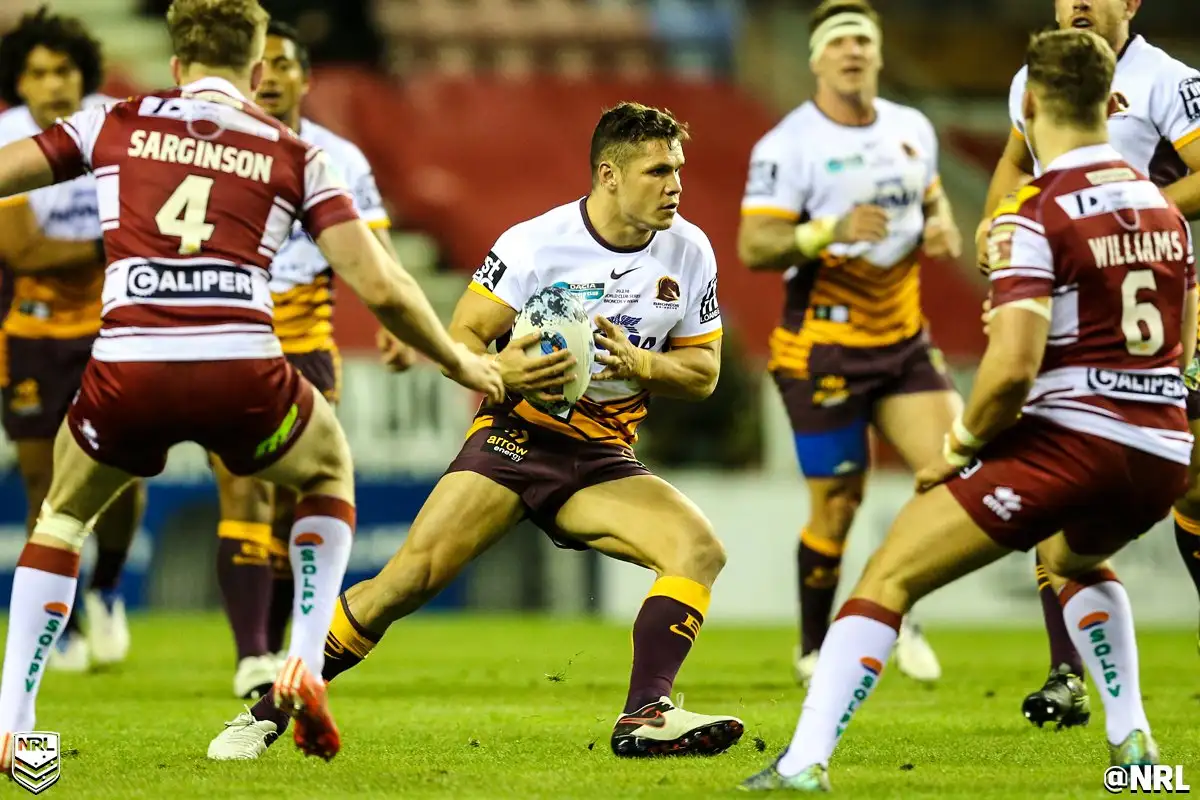Super League needs the salary cap

Ever since the unedifying spectacle of the World Club Series people have proposed solutions to the obvious gap that exists between the playing strength of Super League and Australia’s NRL. One such proposal has been to increase or remove the salary cap.
The salary cap is indeed the most obvious marker of difference between Super League and NRL. Super League clubs may spend only £1.85 million on the salaries of their top 25 earning players (with the exception of their “marquee player”, to which we shall return). NRL clubs, by contrast, can spend A$7 million on their top 25 players – that amounts to over £3.6 million, almost £2 million more than SL clubs.
Yet the argument that increasing or removing the salary cap will allow Super League clubs to compete on a more level playing field with the Australian counterparts is simplistic.
It relies on the assumption that Super League clubs could spend as much as £3 million plus on player salaries were it not for RFL rules preventing them. That certainly isn’t the case for those clubs which don’t spend the full cap already – perhaps as many as three or four. It’s doubtful though that even Wigan and Leeds could spend upwards of £3 million on player wages.
The same point can be made regarding the “marquee player” ruling, which allows one player’s wages a partial exemption from the cap (a club-trained player’s wages count as £100 thousand no matter what they are in reality; a non-club-trained player’s as £175 thousand). Not every club has yet taken advantage of what is an effective salary cap increase.
The RFL introduced the cap for two reasons, as they explained in 2007: “The first is to restrict clubs’ main item of expenditure, players’ costs, to try and ensure, as far as possible, the long-term financial survival of rugby league clubs. The second purpose is to improve the competitiveness of the League by restricting to a finite level of how much one club can spend on its playing staff”.
Firstly, once that restriction of the “clubs’ main item of expenditure” is removed, we may very well see even greater financial problems, bankruptcies and professional clubs ceasing to exist – though the counterargument to this would be that if clubs aren’t spending up to the cap or signing a marquee player then that does indicate some measure of self-regulation.
Secondly, and crucially, we are now witnessing increased competitiveness in Super League. Allowing the biggest clubs to far outspend the others could well halt this progress, turning the unpredictable and exciting competition we’ve since so far this year into a Scottish Premier League where only one or two clubs can win anything.
We should not cripple the internal strength of Super League, even in the unlikely scenario that it means our top two teams could compete against their NRL counterparts.
Youth game a cause for concern
In The Last Tackle’s review of the World Club Series Phil Caplan revealed a startling and concerning statistic – there are currently fewer than two thousand u16 rugby league players in the entire country. These players we would be expecting to enter first teams in the next perhaps three to five years.
This indicates how small a pool of players professional rugby league clubs currently have to choose from. This should be of just as much concern as star players leaving for rugby union, and of even greater concern than star players leaving for the NRL.
Another concern is this area is the ban on tackling currently being urged, with a group of doctors and academics describing the dangers of “contact or collision, such as the tackle and the scrum”. The focus in the media has of course been on rugby union, but it is inconceivable that rugby league would not also be included. Players may be denied the opportunity to learn key skills until much later in their careers.
League One clubs suffer in Challenge Cup
No fewer than five League One sides were dumped out of the Challenge Cup last weekend by amateur opposition. The most striking results saw Siddal thrash Newcastle Thunder 30-4 and Pilkington Recs beat London Skolars 13-0. Castleford Lock Lane, Featherstone Lions and Kells defeated Oxford, South Wales Scorpions and Hemel Stags respectively.
These results could be used to denigrate the strength of League One as a whole, the “expansion teams” in particular – especially the new non-Northern ones such as Oxford and Hemel.
Given, however, that the permafog of negativity which envelopes our game has grown that bit thicker in the last fortnight, it might be better to point instead to the strength of our amateur game and to the excitement that the Challenge Cup can provide. Long may it continue! Siddal in particular may be hoping to repeat the trick when they welcome Rochdale Hornets in the next round.
Keep Your Eye on Rugby League
Twitter: @Tony_Williams